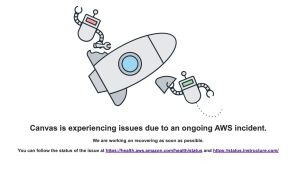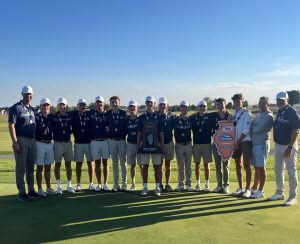Female students at New Trier say #UsToo
November 3, 2017
Several weeks ago, The New York Times and The New Yorker published allegations of sexual harassment and misconduct from multiple women against prominent producer Harvey Weinstein. What began as a revelation about one man’s gross abuse of power soon evolved into a larger conversation about all women’s experiences with sexual harassment and rape.
#MeToo flooded Facebook and Twitter feeds as girls and women all over the world recounted the times they were catcalled by old men, groped while riding the train, leered at by coaches, raped by boyfriends.
Teenage girls, and specifically female students at New Trier, are no strangers to such experiences. They have been taught that wearing tank tops, even at practice, is inappropriate. They have learned to never accept drinks from strangers, and to exercise the buddy system. They contact one another when they get home safely, and they carry pepper spray.
In short, they know that sexual assault most of the time is not perpetrated by thugs in dark alleys. They know that they are statistically more likely to be raped by someone they know, that females ages 16 to 19 are four times more likely than the general population to be victims of sexual assault.
It has become clear that one ad campaign, or one Netflix documentary, or one awkward Health class discussion will not end what has been classified by so many as an endemic.
Last year, less than 10% of the senior class attended the optional viewing of “Hunting Ground,” a critically acclaimed documentary about sexual assault on college campuses. Students pointed out that administrators and advisers seemed to emphasize that female students, more so than male students, attend the screening and participate in related discussions. In general, male adviseries are rarely—if ever—expected to talk about topics and issues that are almost regular occurrences for their female peers.
This is not meant to discredit the struggles and stories of young men. It should go without saying that not all boys or men are rapists or abusers. However, this is a moment at which one man’s egregious actions, sensationalized by mainstream media, have brought attention to a broader pervasive culture that historically has victimized women.
In high school, where education takes place outside of classrooms as often as it does inside, administrators, educators, and students have a responsibility to address this culture. They have a responsibility to have discussions as early as middle school, to not ask about the length of a victim’s skirt, to hold boys and men accountable for their actions, and to speak up.












































